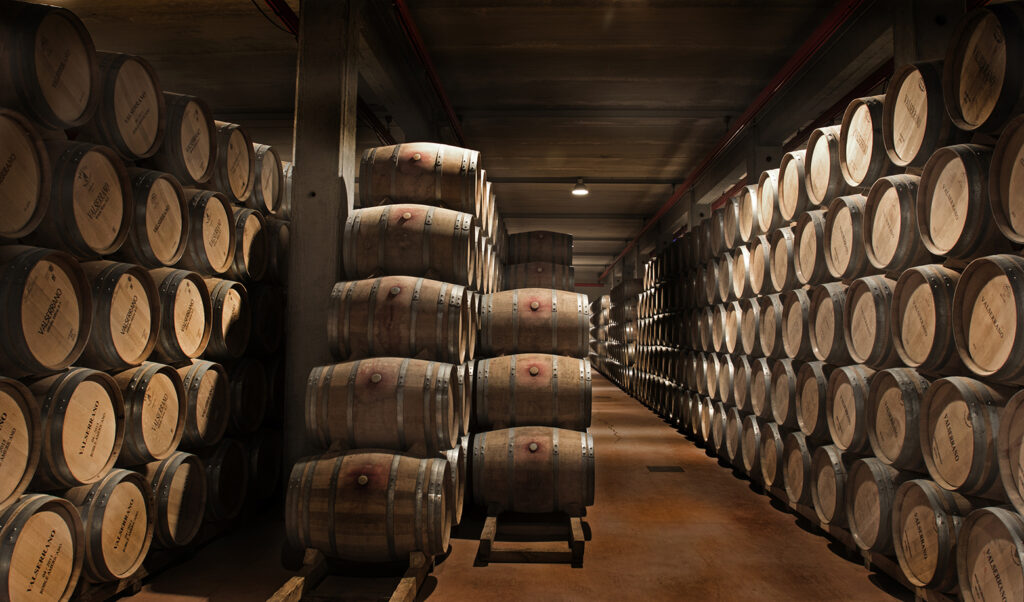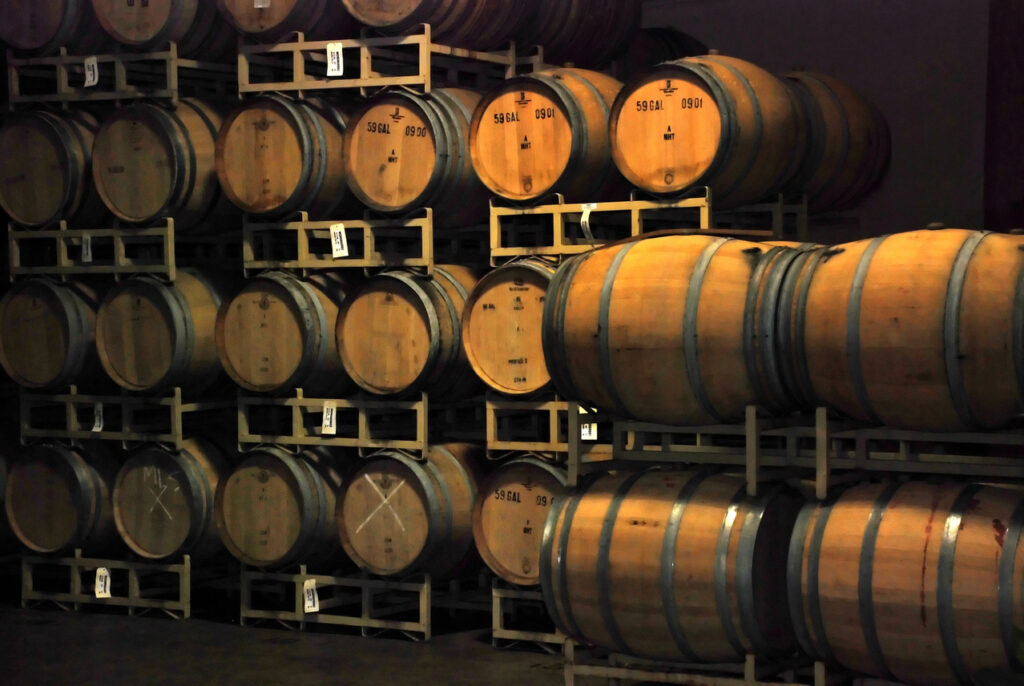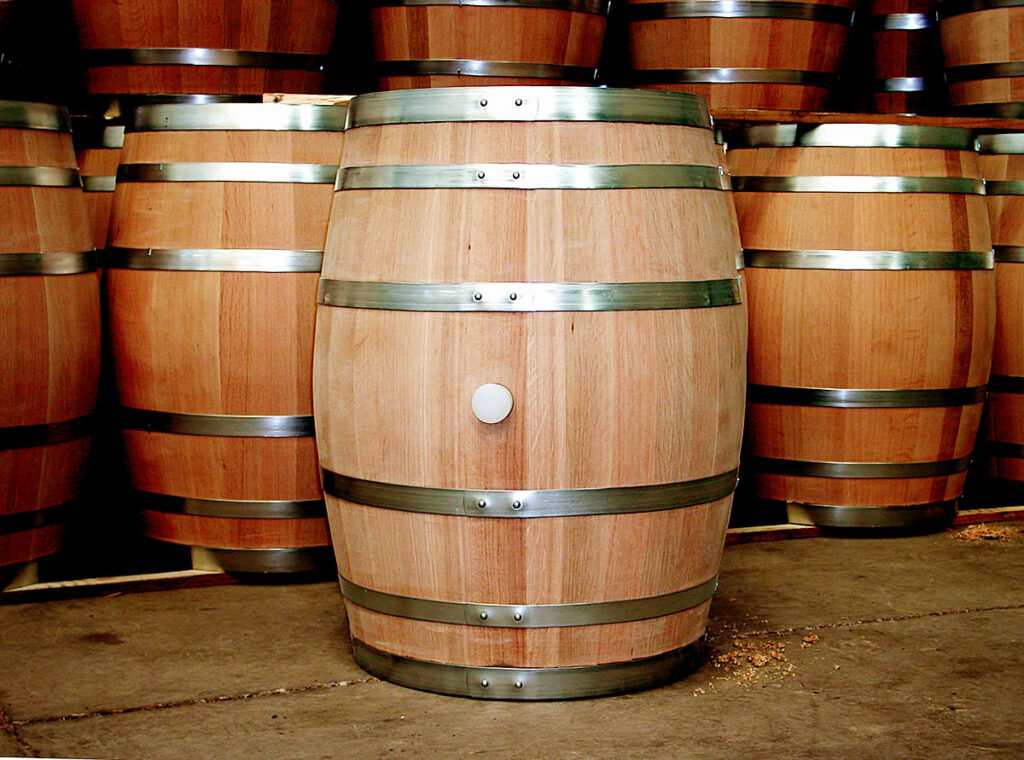BARREL REGENERATION

BARREL REGENERATION BY OZONE
Les tonneaux étaient utilisés dans le passé pour conserver et transporter une grande variété de produits, car, en raison de leur forme, ils pouvaient être roulés. Aujourd’hui, l’utilisation des tonneaux a été reléguée au vieillissement des vins et de certains spiritueux.
There are three fundamental aspects in the work carried out in wineries during the wine production processes, which are a consequence of the special properties of ozone:
- Disinfection: Ozone is a broad-spectrum disinfectant, capable of successfully combating not only bacteria but also viruses, yeasts, fungi, and molds.
Ozone reduces the total cost of chemicals and also eliminates the need to neutralize wastewater and the generation of steam for thermal sterilization.
This makes ozone perfect as a disinfectant as it does not require any final rinsing, resulting in water savings in an environmentally friendly manner.
- Deodorization:
Due to its high reactivity and instability, ozone does not persist in the environment. This makes ozone a perfect deodorizing agent as it does not require any special disposal system after application. This also prevents cross-contamination in environments that may introduce ‘foreign’ odors or flavors to the wine.
- Decolorization:
As a direct consequence of its high oxidation potential, ozone has the ability to remove not only particles retained in filters after the filtration process but also the possibility of decolorizing them by regenerating them mostly, without affecting the quality of the subsequent filtration and without imparting odors or flavors that may be communicated to the wine later filtered.
BARREL REGENERATION THROUGH ULTRASOUND
Thanks to a treatment with high-frequency waves, this technology cleans the barrel, currently designed for 225-liter barrels, and regenerates the wood, with a process that takes less than five minutes. The technology, called ‘Microwave Shock Pulse’ (MwSP), opens the pores and leaches out the wine residues embedded in the wood, as well as the existing microorganisms responsible for organoleptic alterations in the wine, such as brett. This way, the micro-oxygenation of the wood is restored to its initial state, and the introduction of chemicals to counteract the action of microorganisms that may remain present through other barrel washing techniques is avoided.
The system is designed so that the waves reach all points of the barrel, even under metallic elements. By creating a homogeneous field of radiofrequency waves controlled by an algorithm, disinfection is ensured, as well as the non-alteration of the organoleptic profile of the wood. Through software, the intensity and cleaning time are also controlled, depending on the condition of the barrel. Furthermore, the temperature reached is a maximum of 65º, which reduces stress compared to conventional steam treatment. After the application of waves, it undergoes a short low-pressure wash with hot water to remove all wine residues, then a cold water wash that closes the pores of the wood again, and finally, it ends with drying.


BARREL REGENERATION THROUGH AZUELADO
Azuelado is a barrel regeneration technique used to clean barrels for their new use. It is usually planed down by two millimeters on the inside to remove tartaric deposits, allowing the barrel to be reused and extending its lifespan. The staves are worked on one by one in an artisanal and manual way, and in some cases, there is subsequent washing and toasting of the wood.
